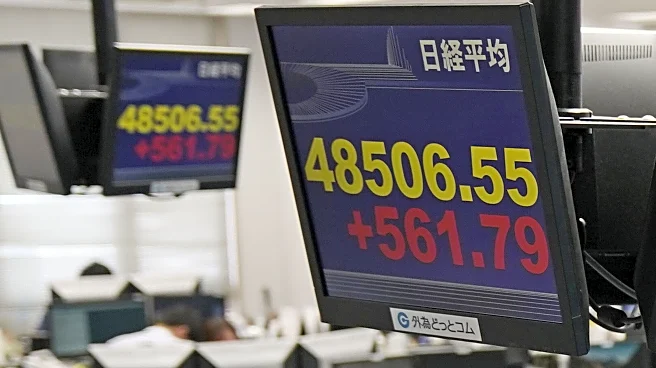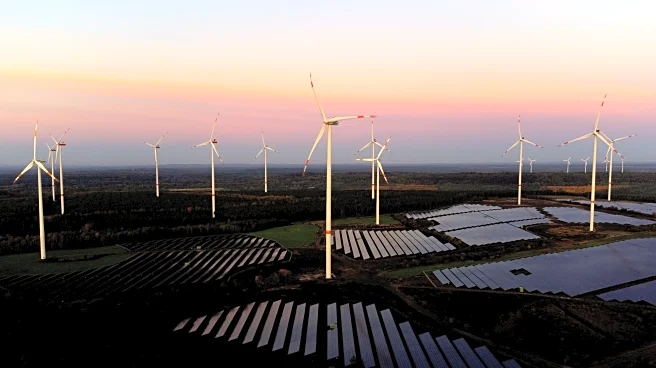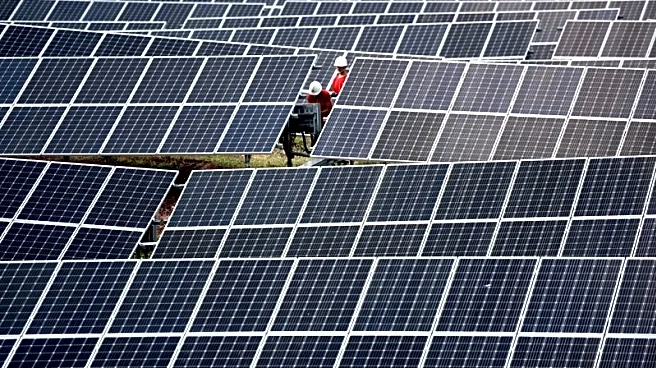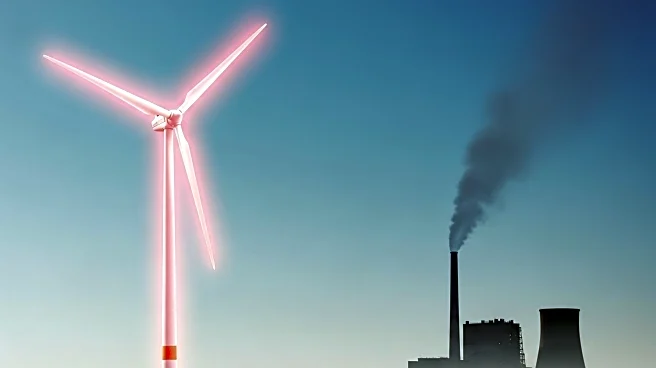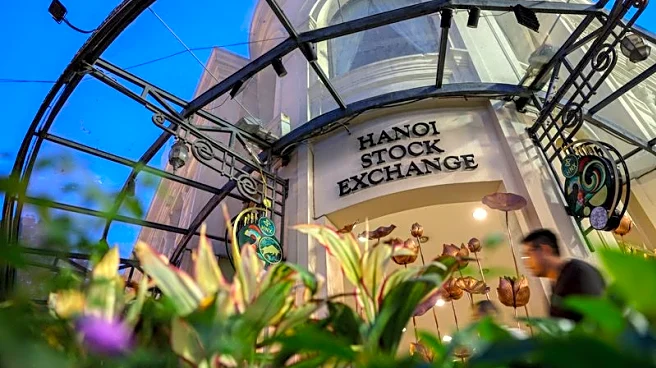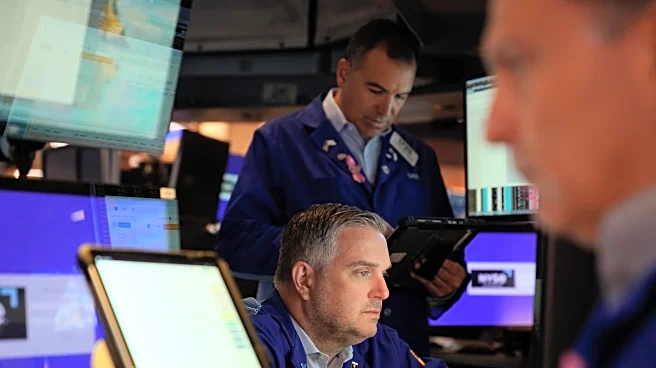What's Happening?
India is rapidly advancing its petrochemical self-reliance efforts, with S&P Global Ratings projecting significant state-led investments despite global overcapacity. The initiative aims to reduce dependency on imports for chemicals used in various industries, including plastics and auto parts, while supporting India's industrial and infrastructure growth. India and China, the world's largest petrochemical consumers, are transitioning from major importers to self-sufficient producers, reshaping Asia's trade dynamics. India's push is driven by rising domestic demand, with plans to invest over ₹2.4 trillion (~$25 billion) in new capacity, potentially making it the world's second-largest polyethylene market by 2034. This expansion poses challenges for Asian exporters, particularly in South Korea, Taiwan, and Thailand, who face increased competition and tariff barriers when exporting to the U.S.
Why It's Important?
India's move towards petrochemical self-reliance is significant for several reasons. It represents a strategic shift in Asia's petrochemical landscape, potentially altering trade flows and increasing competition among regional exporters. As India and China enhance their production capabilities, exporters in South Korea, Taiwan, and Thailand may struggle to find alternative markets, impacting their margins and prompting industry consolidation. Additionally, India's growing petrochemical sector is expected to support its economic expansion, driven by rising income levels and a booming construction sector. This development could lead to India overtaking the U.S. as the second-largest polyethylene market by 2034, further influencing global demand dynamics.
What's Next?
India's petrochemical expansion is likely to continue, with public sector companies like Indian Oil Corporation, Bharat Petroleum, and Hindustan Petroleum leading the charge. These companies plan to integrate new plants with refinery upgrades, while private players such as Reliance Industries and Adani Petrochemicals explore large-scale capacity additions. However, some private projects may face funding challenges. As India increases its self-sufficiency, regional exporters may need to diversify their offerings or scale back capacity to remain competitive. South Korean, Taiwanese, and Thai firms are already pivoting towards specialty chemicals and high-value segments to offset margin erosion.
Beyond the Headlines
The drive for petrochemical self-reliance in India and China could lead to long-term shifts in the global chemical industry. As these countries reduce their import dependency, regional exporters may need to innovate and adapt to survive. This could result in increased focus on niche markets and specialty chemicals, potentially driving technological advancements and new product development. Additionally, the structural changes in Asia's petrochemical sector may influence global pricing and supply chain dynamics, affecting industries reliant on chemical inputs.





